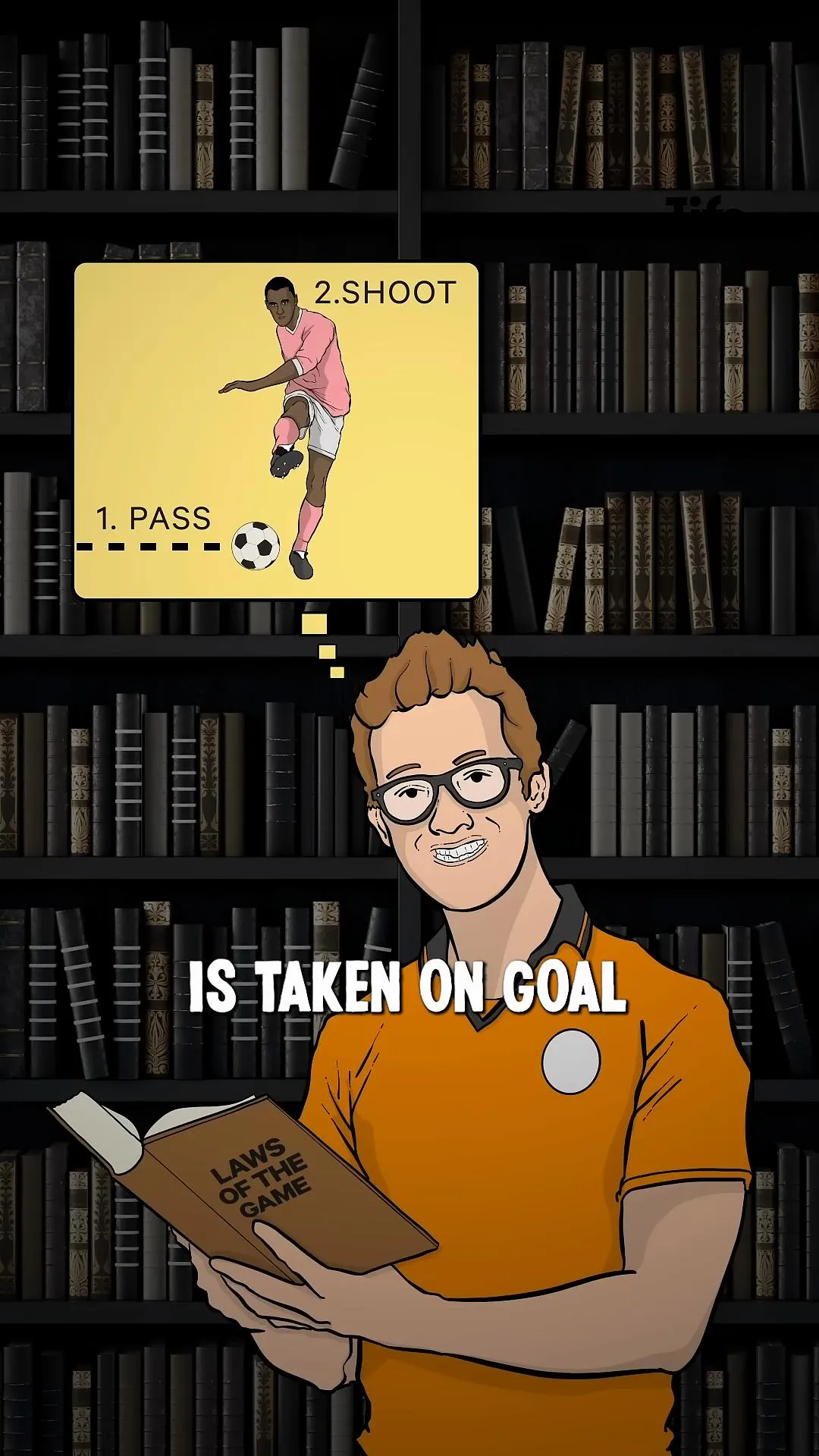The penalty loophole in soccer is a captivating aspect of the game that many fans might not even be aware of. Have you ever wondered how a player can pass the ball during a penalty kick? Or why some teams seem to execute these penalty plays flawlessly while others falter? This blog dives into the intricacies of the penalty loophole, exploring its origins, famous examples, and its implications in modern soccer. The rules surrounding penalty kicks can be quite confusing, and understanding this loophole could change how we view this critical moment in a match.
Understanding the Penalty Loophole: What is it?
The penalty loophole refers to a specific scenario during a penalty kick where the ball can be played strategically before a shot is taken. According to the laws of the game, the ball must move forward from the spot where the penalty is awarded, and the player taking the kick cannot touch the ball again until another attacking player has made contact. This means that, under certain conditions, a team can engineer a clever play that opens up new scoring opportunities.
Key Rules Surrounding the Penalty Kick
- The ball must move forward from the penalty spot.
- The player taking the penalty cannot touch the ball again before a second attacking player does.
- The second player must remain at least ten yards away from the ball until it is kicked.
Famous Instances of the Penalty Loophole in Action
Historically, some of the most memorable moments in soccer have come from teams exploiting this loophole. One of the most notable examples was when Robert Pires and Thierry Henry attempted a ‘dummy’ penalty for Arsenal against Manchester City. Although it didn’t work as planned, it showcased the potential of this tactic.

Successful Executions by Soccer Legends
While the Pires-Henry attempt may not have succeeded, other players have successfully executed the penalty loophole:
- Lionel Messi and Luis Suárez successfully performed this tactic during a La Liga match for Barcelona.
- Johan Cruyff and Jesper Olsen famously used the penalty loophole in a match against Helmond Sport in 1982, leaving the goalkeeper stunned.
Why Do Teams Use the Penalty Loophole?
Teams may opt to utilize the penalty loophole for several reasons:
- Surprise Factor: The unexpected play can catch the defense off guard.
- Increased Scoring Opportunities: By passing the ball, other players can position themselves for a better shot.
- Psychological Edge: Successfully executing such a play can boost team morale.
The Impact of the Penalty Loophole on Modern Soccer
As soccer evolves, understanding and utilizing the penalty loophole can have significant implications for teams. Coaches and players are increasingly aware of the strategies that can be employed during penalty situations, making every kick a potential game-changer.

Controversies and Discussions Surrounding the Loophole
Some critics argue that the loophole can lead to confusion among players and referees alike. For instance, should the rules be altered to prevent any ambiguity during penalty kicks? Recent discussions include:
- Debates on whether the rules need to be updated for clarity.
- Concerns from teams about the fairness of the loophole.
Such discussions are common in forums like Reddit, where fans express their opinions on rules and their implications in the game.
Closing the Loophole: Future of Penalty Kicks
With the increasing scrutiny of soccer rules, there are ongoing conversations about potentially closing the penalty loophole. A recent measure advanced in Colorado to close a bail loophole could serve as a metaphor for how sports regulations may evolve to eliminate ambiguities. Would similar measures be adopted in soccer?
Experts suggest that any changes should aim to maintain the excitement of penalty kicks while ensuring fairness and clarity in the rules.
In conclusion, the penalty loophole is a fascinating topic that highlights the complexities of soccer. Understanding its rules, famous instances, and the ongoing discussions surrounding it can enrich the experience of watching and playing the game. As teams continue to innovate and adapt, the future of penalty kicks will undoubtedly remain a captivating aspect of soccer.
